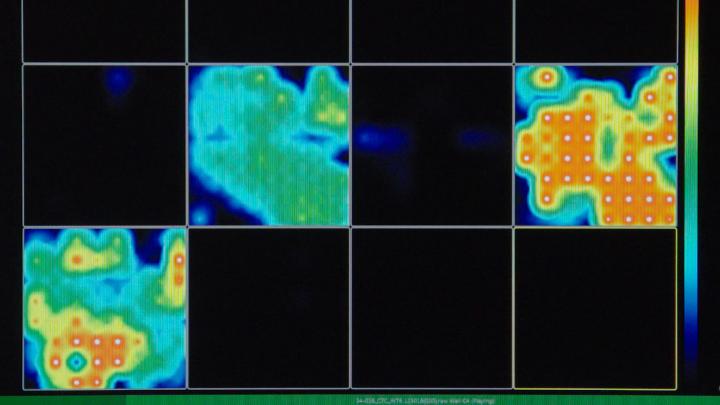Biologists from the University of California, San Diego, have announced that they have detected notable neural activity in vitro. As they report, they have successfully recorded brain waves coming from miniature artificial brains that they created in the lab by using stem cells. When the researchers saw that the stem cells managed to create neural networks, they knew that theoretically there could be some activity going on, and indeed there were. The brain waves that were recorded from the monitoring process resemble those of preterm babies, which makes sense. This is the first time that a researching group has announced a finding of this type.
Other groups have tried to achieve the same in the past using stem cells is a suitable environment that fosters the development of a complex cellular structure. Still, there was no brain activity that came out of these efforts, so the specific element that “gave life” to a mass of transforming stem cells remained a mystery. The San Diego team tried a novel stem cell growth method, and also optimized the culture medium formula. These adjustments allowed the cell growth to reach a more mature state, so after 10 months, the first neural activities began to spark.

This activity map generated by multi-electrode arrays reveals how active the brain organoid is–red means very active and black means silent.
As the team leader clarified though, it is very unlikely that their artificial mini-brains have concise mental activities. The detected brain waves may be entirely random in terms of thinking typesetting, and probably nothing to do with real brain activity. Still, the scientists have gotten a small step closer to how the human brain works, and it was the step that turned the neural activity switch to “on”. From here on, the team will try to improve their “organoids” further, and to use them to better understand neural network diseases such as Alzheimer, schizophrenia, epilepsy, and autism.
Image Credit: Muotri Lab/UCTV






